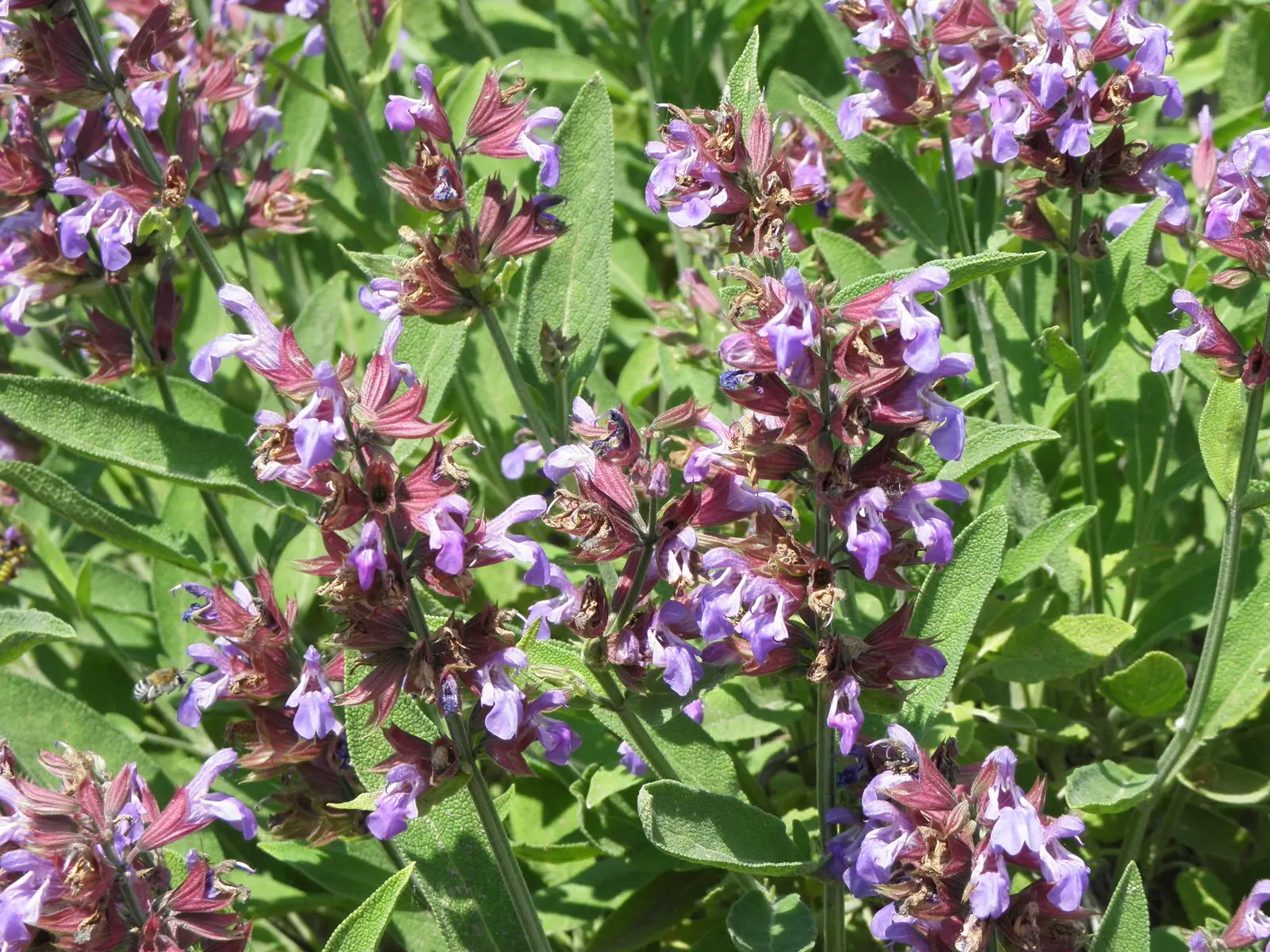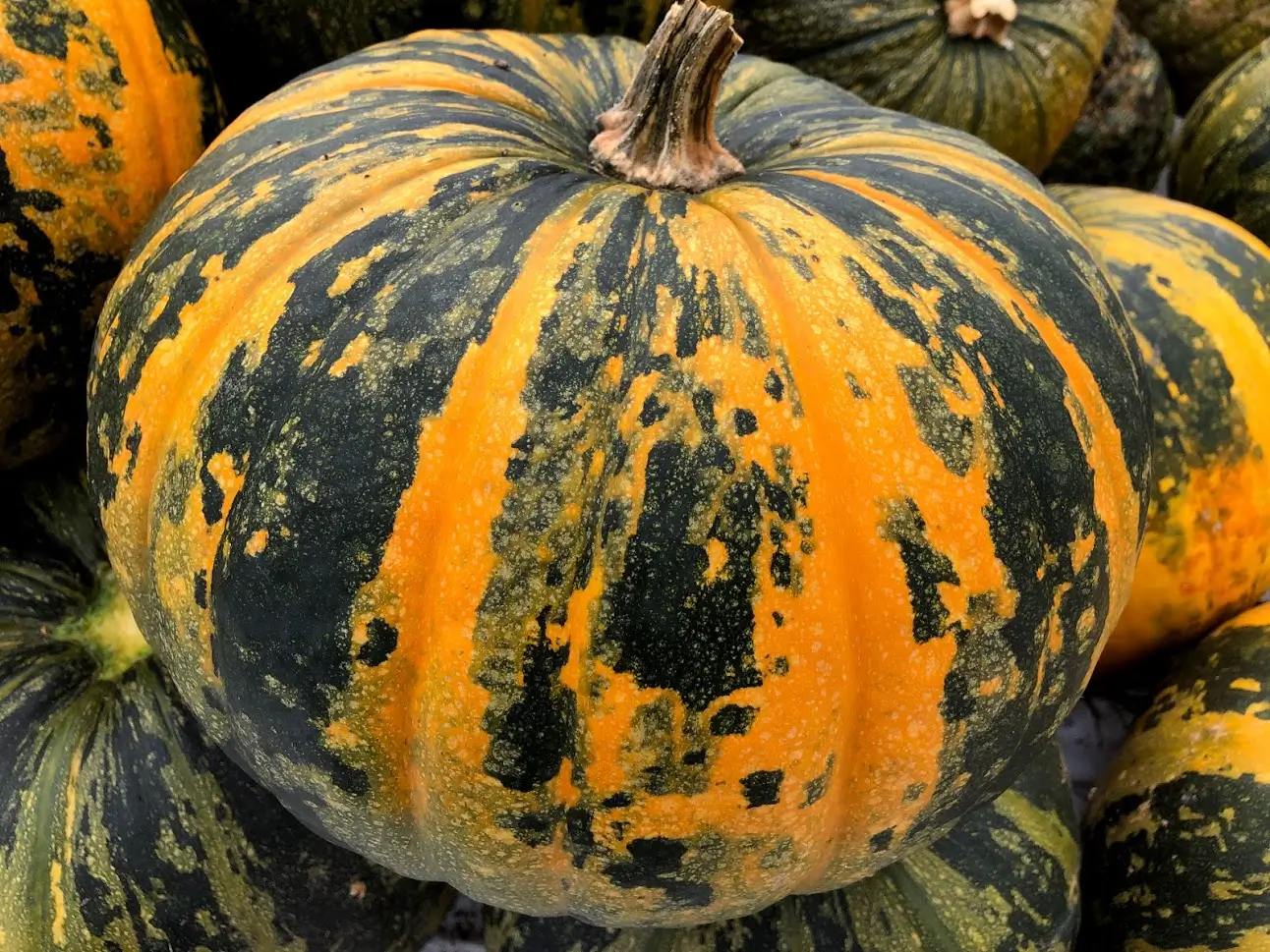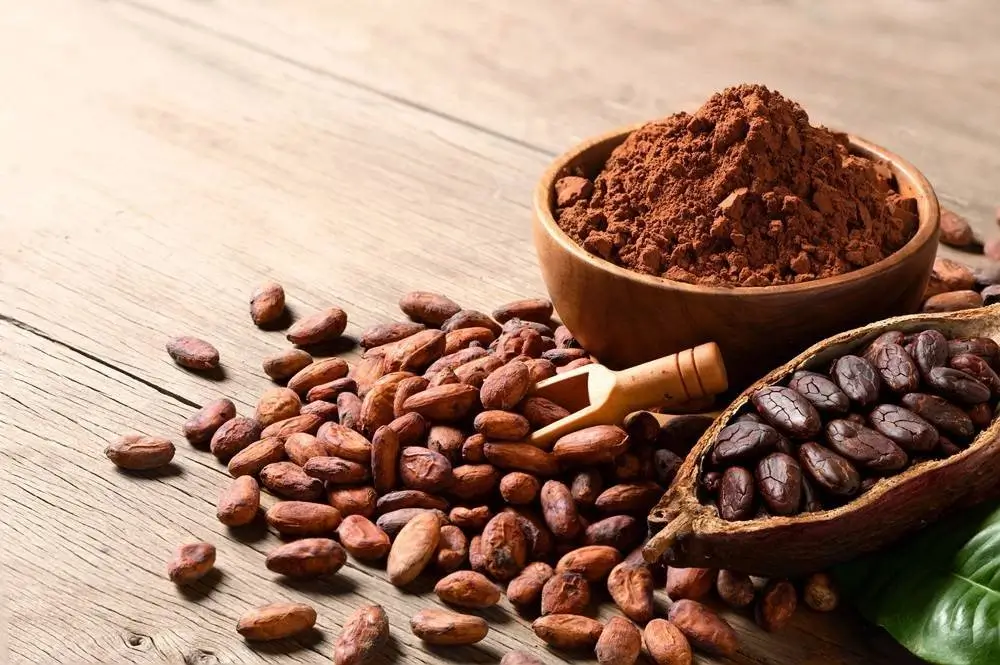
Soil Health & Fertilization
We unite suppliers and green industry professionals worldwide
Common Sage (Salvia officinalis) is a plant that can be practical and attractive at the same time.
By Victor Miller
|Published on September 25, 2025


Common Sage (Salvia officinalis) is an adorable perennial herb that has endured over the ages in gardens and kitchens. Its scented leaves, edible applications, and medicinal value have always been popular among gardeners and cooks in Europe, the Mediterranean, and other parts of the world. The grey‑green foliage, subtle purple flowers, and hardiness of the plant combine practicality with beauty.
The ancient herb is commonly associated with wisdom, long life, and health. Its English name, Salvia, is Latin: salvia, meaning to heal, or to save, indicating a long history of folk medicine.
| Scientific Name | Salvia officinalis |
| Common Names | Common Sage, Garden Sage, Culinary Sage, True Sage |
| Family | Lamiaceae (mint family) |
| Genus | Salvia |
| Species | Officinalis |
| Cultivars | The most common ones are Purpurascens (purple sage), Icterina (golden sage), and Berggarten (broad-leaved sage). |

September 25, 2025
9 minute read
September 24, 2025
9 minute read
September 23, 2025
10 minute read
September 22, 2025
9 minute read


Join as a seller and connect with thousands of B2B buyers nationwide!
Sign Up

Acorn Squash
Grow acorn squash from seeds is easy and rewarding to grow acorn squash from seed if you provide the right conditions.

Baby Corn
Baby corn is part of the maize family, the same species as regular corn.

Cacao
Cacao, also known as Theobroma cacao, is a tropical tree that is popular with many chocolate lovers.

Daikon Radish April Cross
The April Cross Daikon is famous for its high-quality white roots, smooth texture and sturdy growth.
Sage is a bush-like, aromatic, evergreen shrub that is hardy. Its peculiar features render it popular as a cooking and garden decor.
Common sage is known to have been popular due to its numerous applications over time.
Culinary
Medicinal
Ornamental
Sage can be characterized by its flexibility and strength, which enable it to survive in situations when most other plants do not.
Sage seeds are small and simple to plant.
Sage seeds require certain conditions to be able to germinate successfully and grow early.
The storage of Sage seeds has a medium period of viability.
Sage plants grow actively through seed, although they are also propagated vegetatively by numerous gardeners.
Most pests and diseases are not a problem for Sage, although some problems may occur.
Proper seed storage guarantees successful future sowing.
Common Sage (Salvia officinalis) is a plant that can be practical and attractive at the same time. It has fragrant leaves, medicinal applications, and beautiful flowers that make it a must-have plant in the world's gardens. Sage is a low-maintenance favorite because it does well in poor soil and regions plagued by droughts. It also draws pollinators, which increases biodiversity.
Sage is an ancient and dependable inclusion in every landscape, whether you use it to add flavor to roasts, tea, or use it as a garden accent or as a decoration in any garden.
When soaked in warm, damp conditions, the seeds of Sage generally germinate within 10 and 21 days.
Sage does well in pots provided the soil is well-drained and the pots are exposed to ample sunlight.
Sage plants are most productive during their first 3–5 years. After that, it’s best to remove old plants or propagate new ones to maintain a healthy herb garden.

Soil Health & Fertilization
Victor Miller

Pest Identification & Prevention
Victor Miller

Lawn Care Tips & Maintenance
Victor Miller

Soil Health & Fertilization
Victor Miller

Smart Irrigation Systems
Victor Miller

Patios, Walkways & Driveways
Victor Miller

Soil Health & Fertilization
Victor Miller

Pest Identification & Prevention
Victor Miller
My Account
Our team is always here to help.
We are open Monday - Friday, 9:00 AM to 4:30 PM PST.